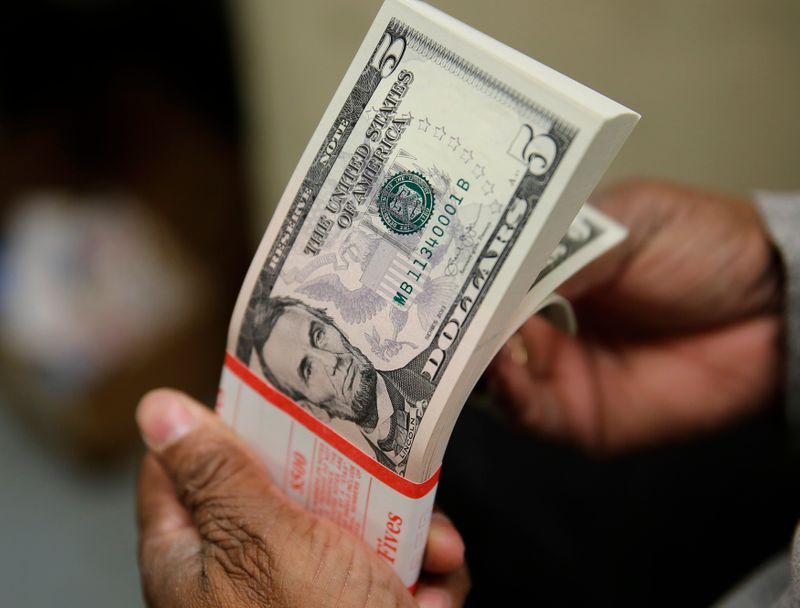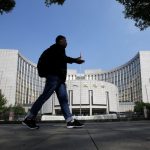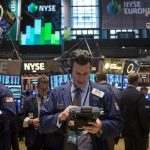By Saqib Iqbal Ahmed
NEW YORK (Reuters) – The dollar edged higher against the euro on Thursday after data showed the U.S. economy maintained a strong pace of growth in the fourth quarter, backing the case for the U.S. Federal Reserve to maintain its hawkish stance for longer.
Gross domestic product increased at a 2.9% annualised rate last quarter, the Commerce Department said in its advance fourth-quarter GDP growth estimate. The economy grew at a 3.2% pace in the third quarter. Economists polled by Reuters had forecast GDP rising at a 2.6% rate.
A separate report from the Labor Department showed initial claims for state unemployment benefits dropped 6,000 to a seasonally adjusted 186,000 for the week ended Jan. 21.
“A somewhat mixed picture painted by the U.S. data,” said Stuart Cole, head macro economist at Equiti Capital in London.
The data point to an economy that is continuing to show resilience in the face of the rapid monetary tightening so far delivered by the Fed, Cole said.
“But a big contributor to this growth story was inventories, a component that is almost certain to weaken as we go through 2023,” he said.
“I think it reinforces the expectation of the Fed moving to 25 basis points moves now,” Cole said.
The euro was 0.23% lower at $1.08895, but not far from the nine-month high of $1.09295 touched on Monday.
Against the yen, the dollar was up 0.54% at 130.275 yen.
Attention now turns to next week’s central bank meetings, including the Federal Reserve and the European Central Bank.
Traders broadly expect the Fed to increase rates by 25 basis points (bps) next Wednesday, a step down from a 50 bps increase in December. Meanwhile, the ECB has all but committed to raising its key rate by half a percentage point next week.
Sterling was about flat on the day against the U.S. dollar, on pace to log a narrow gain for the week, its third straight weekly rise, even as traders remained concerned about the task facing the Bank of England in controlling inflation without damaging an economy already in recession.
The Aussie touched a new 7-month high of $0.71425 on growing expectations that more Reserve Bank of Australia interest rate hikes are due after data showed Australian inflation surged to a 33-year high last quarter.
The Canadian dollar rose to a two-month high against its U.S. counterpart on Thursday, a day after the Bank of Canada raised interest rates as expected in a move that could mark the end of the central bank’s aggressive tightening campaign.
Meanwhile, bitcoin was little changed on the day at $23,123, continuing to tread water after having jumped by about a third in value since early January, following big losses spurred by the high-profile collapse of the FTX crypto exchange.





